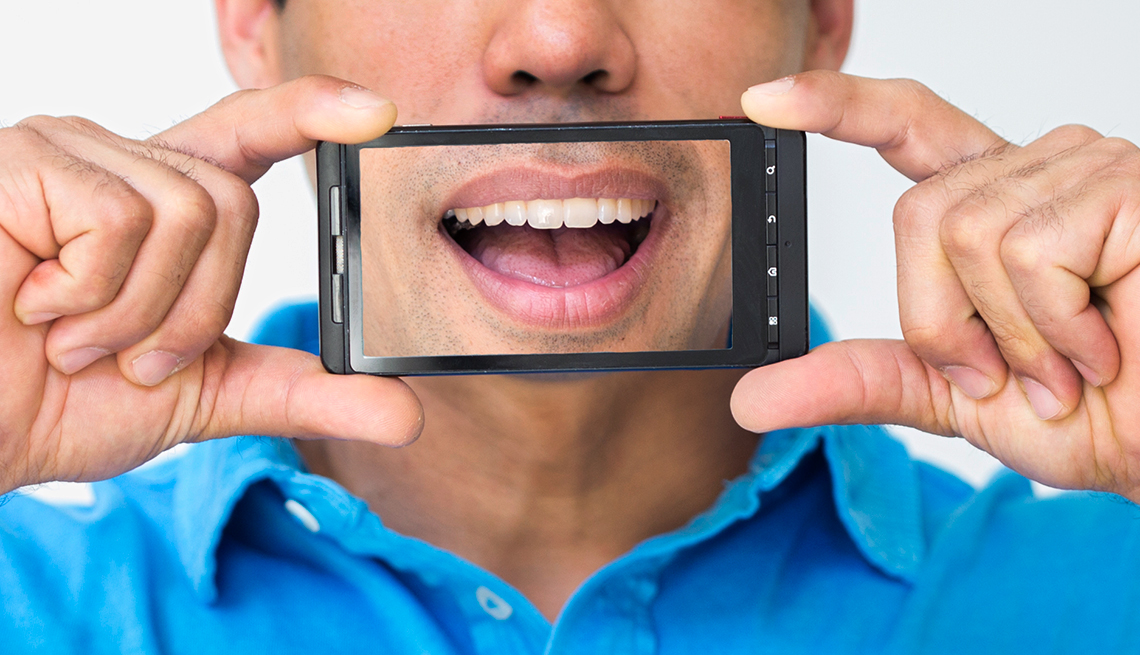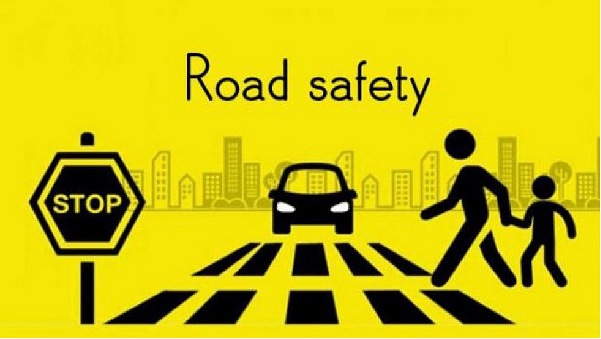
- Select a language for the TTS:
- UK English Female
- UK English Male
- US English Female
- US English Male
- Australian Female
- Australian Male
- Language selected: (auto detect) - EN
Play all audios:
HAVE PEN AND PAPER HANDY. They’re for jotting down notes during the conversation, if that helps you keep track of what’s being said. However, if note-taking interferes with your ability to
listen and respond, keep it to a minimum. You should still have paper and pen handy. You may need to write down a phone number or name you’re given. HAVE A DRINK NEARBY. Not the alcoholic
type, of course. A glass of water is best, or a cup of coffee or tea if you’re looking for a little caffeine bump. Keeping your whistle wet helps you steer clear of throat clearing, which
can ruin the flow of conversation. And if, just before the phone rings, you haven’t said anything in a while, warm up your voice. BE READY TO GO 10 MINUTES AHEAD OF TIME. The call may come
early, and you don’t want to sound hurried ANSWER PROFESSIONALLY. When you answer the phone, greet the caller with something like, “Hi, this is [name].” If you know who’s calling (from
Caller ID), consider following up with “Is this [name]?” Don’t try to pretend that you don’t know who’s calling. That can sound phony. SMILE. Believe it or not, interviewers can hear a
smile over the phone. You’ll sound upbeat and convey a sense that you’re happy to have the opportunity to discuss the opening. Smile especially when you answer the phone and greet the
caller, when you talk about your work and what you’re passionate about, and when you ask questions about the company. Put a mirror in front of yourself so you can make sure you’re smiling.
PAY ATTENTION TO YOUR POSTURE. Stand or sit up straight during the call. You might prefer to stand. That can make your voice sound stronger and more energetic. You might even move a bit
while the interviewer is talking to keep the blood flowing. LISTEN CAREFULLY BEFORE YOU SPEAK. Pause a tiny bit before you answer, to gather your thoughts. Then talk. Try to answer each
question in two minutes or less. Otherwise, your interviewer may tune out. Because you can’t see the person, it’s tempting to fill in any pauses in the conversation, but rein it in. Be
patient. ENUNCIATE YOUR WORDS AND DON’T SPEAK TOO FAST. Projecting your voice distinctly and enthusiastically is fundamental. And remember, the questions are mostly similar to the ones
tossed your way during in-person interviews. These might include the following: Why does the job appeal to you? When could you start, if you were hired? And, if it’s a recruiter, what’s
your expected salary range? AVOID FILLERS SUCH AS “LIKE,” “YOU KNOW” AND “UM.” Use precise language to communicate your thoughts. Remind yourself that short pauses are acceptable and much
preferred over fillers, which can make you sound less sophisticated. BUT KEEP THOSE PAUSES SHORT. One way to avoid the miscues mentioned earlier is to set up your responses. For example,
say, "I have three thoughts on that," which indicates to the interviewer to wait for you to run through all three, even with pauses. END ON AN UP NOTE. If you really want the job,
finish your conversation by saying, “Thanks for the call. I’m very interested in what we’ve discussed today and would appreciate the opportunity to meet you in person. What’s the next step?”
Think of this as your call to action. SEND A THANK-YOU NOTE. A few hours after the interview, send a brief email. Reiterate your heartfelt interest in the employer, ability to do the job
and desire to move to the next stage of the process. One caveat: If you receive a call from a recruiter or hiring manager that was not previously set up, it’s a good idea to either let the
call go to your answering machine and return it when you’re prepared, or thank the interviewer for the call and ask if you can schedule a time when you can speak without interruption.
![[withdrawn] client money and accounts for immigration advisers](https://www.gov.uk/assets/static/govuk-opengraph-image-03837e1cec82f217cf32514635a13c879b8c400ae3b1c207c5744411658c7635.png)







